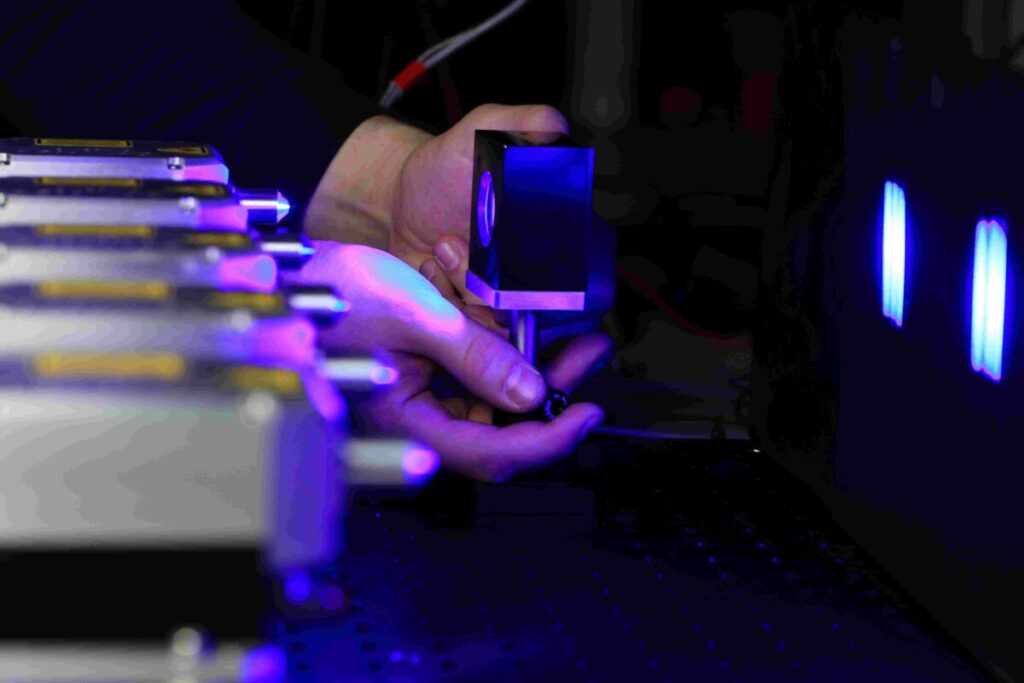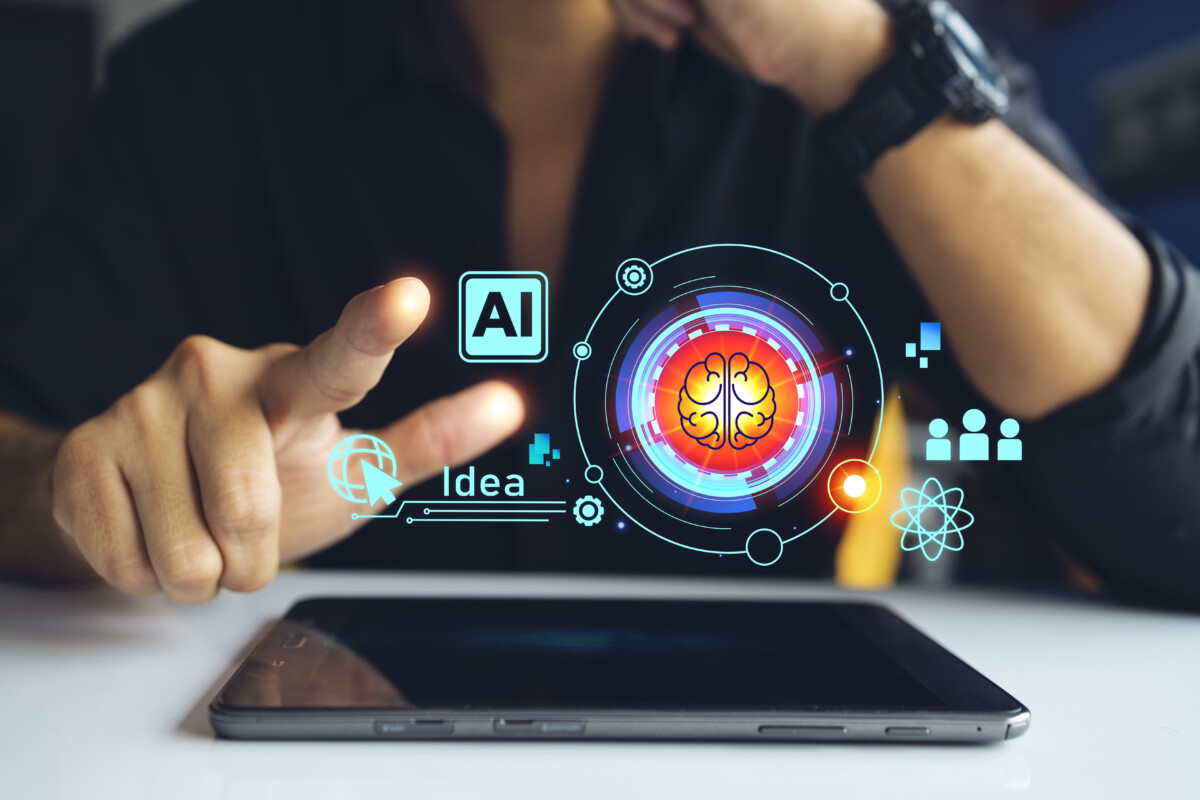Exploring the Versatility of 3D Printing Technology
3D printing, also known as additive manufacturing, has emerged as a transformative technology that is reshaping industries by offering innovative ways to create and customize products. From intricate medical devices to complex automotive components, 3D printing is not just a tool but a revolutionary approach to manufacturing that allows for reduced costs, enhanced customization, and increased production speed.
Innovations in 3D Printing: Pushing Technological Boundaries
The realm of 3D printing is continually evolving, with advancements that push the boundaries of what can be created. Recent innovations include:
- Metal 3D Printing: Once limited to plastics and resins, modern 3D printers can now handle various metals, allowing for applications in sectors that require durable and heat-resistant parts.
- Speed Improvements: Newer 3D printers operate significantly faster, enabling rapid prototyping and production.
- Improved Precision: Enhancements in printer resolution and precision allow for the creation of complex structures that were previously impossible to achieve.
Industry Applications: Diverse Uses of 3D Printing Across Sectors
3D printing’s versatility makes it invaluable across multiple fields:
- Healthcare: In the medical field, 3D printing is used to produce customized prosthetics, dental implants, and even complex structures like human organs from biocompatible materials.
- Automotive Industry: Automakers utilize 3D printing for prototyping and producing parts that are lighter, stronger, and more complex than those made with traditional methods.
- Custom Manufacturing: From personalized jewelry to tailored furniture, 3D printing allows businesses to offer customized solutions to their customers, providing a personal touch that traditional manufacturing cannot match.
Case Studies: Success Stories in 3D Printing
- Medical Implants: A company specializing in medical devices used 3D printing to create a titanium spinal implant tailored to the patient’s anatomy, significantly improving the outcome of spinal surgeries.
- Automotive Innovation: A leading car manufacturer used 3D printing to produce a fully functional car engine prototype, reducing the developmental time and costs.
- Aerospace Achievements: Aerospace engineers have utilized 3D printing to fabricate parts for jets and spacecraft, taking advantage of the technology’s ability to produce lighter and more robust components that withstand extreme conditions.
Future Trends in 3D Printing: Shaping Tomorrow

The future of 3D printing promises even more groundbreaking developments:
- Sustainability: As the world moves towards sustainable solutions, 3D printing is expected to play a pivotal role by reducing waste and enabling the use of eco-friendly materials.
- Advanced Materials: Research into new printable materials will broaden the applications of 3D printing, potentially impacting electronics, biotech, and more.
- Decentralized Manufacturing: 3D printing could lead to a more decentralized approach to manufacturing, where products are printed and assembled closer to where they are needed, reducing logistics costs and emissions.
The Expanding Influence of 3D Printing
The impact of 3D printing continues to grow as it becomes integral to various industries around the world. Its ability to innovate on the fly and challenge traditional manufacturing constraints makes it not just a tool of the present but a foundation for the future of production.
Embrace the Potential of 3D Printing
Whether you’re a business owner, a designer, or just someone interested in cutting-edge technology, now is the time to explore how 3D printing can benefit your field. Consider the endless possibilities that 3D printing offers, and think about how it can be integrated into your work or hobbies to drive innovation and creativity.
FAQS
What materials can be used in 3D printing?
3D printing technology can utilize a wide range of materials, including plastics, resins, metals, ceramics, and even biocompatible materials for medical applications. Innovations continue to expand the list of materials suitable for 3D printing.
How does 3D printing contribute to sustainability?
3D printing promotes sustainability by reducing waste through additive processes that require only the material necessary for the part itself, unlike traditional subtractive manufacturing. It also opens the possibility of using recycled materials and creating lighter designs that save energy.
Can 3D printing be used in large-scale manufacturing?
Yes, while traditionally more common for prototyping and small-batch production, 3D printing is increasingly being used for large-scale manufacturing thanks to advancements in printer speeds, the size of printers, and the durability of printed materials.
What are the limitations of 3D printing?
Despite its many benefits, 3D printing has limitations, including the speed of production, which can be slower than traditional methods for large quantities, and the initial cost of setting up 3D printing facilities, which can be high. Additionally, there are challenges with the strength and consistency of certain 3D-printed materials compared to those produced by conventional manufacturing methods.
How is 3D printing transforming the medical industry?
3D printing is transforming the medical industry by enabling the production of customized prosthetics and implants tailored to individual patients’ anatomies, which can improve recovery times and medical outcomes. It also allows for the creation of complex, patient-specific devices and anatomical models for surgical planning and education.


